Like many species of birds, blue jays change their behavior from summer, when breeding birds live in pairs, to winter, when they often gather in groups In summer, blue jays feed and raise their young mostly on insects, while in winter, they shift to fruits, nuts, and seeds Click to read indepth answer What do Blue Jays do in the winter?About Press Copyright Contact us Creators Advertise Developers Terms Privacy Policy & Safety How works Test new features Press Copyright Contact us Creators
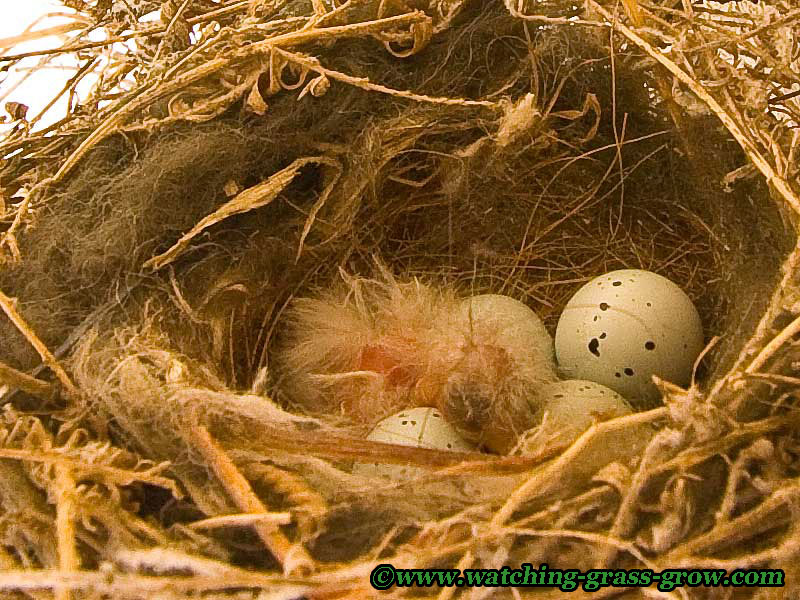
Colorado Blue Jay Grabs Baby Finches
Blue jays birds nesting
Blue jays birds nesting-3 Eating Baby Birds Although blue jays eat the nuts and fruits you leave out in your bird feeder, they also tend to eat the young or eggs of other birds This nest predation makes them highly violent and threatening creatures However, it is essential to note that nest predation doesn't occur too frequently 4 The Use of MakeShift ToolsOne of the loudest and most colorful birds of eastern back yards and woodlots, the Blue Jay is unmistakable Intelligent and adaptable, it may feed on almost anything, and it is quick to take advantage of bird feeders Besides their raucous jay!
:max_bytes(150000):strip_icc()/GettyImages-1047980498-8c21e699d4244eee87c09d8e2ef46c2a.jpg)



Blue Jay Bird Facts Cyanocitta Cristata
I read in my trusty Audubon bird book that Robins, Blue Jays and Mourning Doves can be convinced to use nesting platforms I was procrastinating doing some epoxy work on my Scamp so I made a couple of nesting boxes I hope to attract any of these birds to my nesting box Apparently they will all nest in open boxes I think that the boxes I made might be too small for the mourning Blue birds are raiding nests in late spring, devouring both eggs and baby birds It's distressing to hear the anguished calls of the parent birds as they try to defend their nests Unlike other birds, blue jays don't migrate to go to warmer climates It's believed that their migratory habits relate more closely to available food supplies in the regions that they nest in It's also believed that because there's an increasing supply of backyard feeders, the migration of blue jays is declining
The best way to keep Blue Jays away from a bird's nest is to provide a nesting box for the smaller nesting birds, which should have a small enough entry that the Blue Jay cannot come inside Nesting boxes will keep away most other predators, too However, some predators, like snakes, may not be deterred by a nesting box, and you'll need to place protective baffles around the nesting Good luck to the lucky gardener who gets to host my family of blue jays Please remember all birds are nice but some are "nicer" than others Brian Brant County,Ontario Zone 5b tbyrnes 1,450 228 2 tbyrnes 1,450 228 2 Post #12 T1223 Last year and this year I have had the "honour" of hosting a family of blue jays Last year I witnessed numerousHowever, blue jays have also been known to attack or kill other smaller birds, and foliageroosting bat species such as Eastern red bats Jays are very territorial birds, and they will chase others from a feeder for an easier meal Additionally, the blue jay may raid other birds' nests, stealing eggs, chicks, and nests
Do Blue Jays Really Raid Other Bird's Nests? A pair of Blue Jays in their nest with their young The second half shows the birds feeding the chicks For instance, blue jays are well known as nest robbers, gobbling up songbird eggs and hatchlings And yet, studies conducted since 17 have found that eggs and birds make up only 1 percent of the blue jay's diet You can find lots of videos and accounts of blue jays gobbling up eggs, but the reality is they are not major nest raiders Most of their diet consists of



Robin



Blue Jay Fledglings The Washington Post
Correspondingly, do Blue Jays take over other birds nests?And if so how do you tame ithow do blue jays sound?are blue jays friendly to other types of birds/ besides questions you did well on this site Sara on There is a blue jay nest in my yard; Blue Jays want to live near trees and will typically make their nests on a sturdy branch or at the fork of a tree Both males and females build the nest, and with their similar coloring, it is sometimes difficult to tell which is which Nests are typically made up of moss, bark, small twigs and other plant materials Sometimes Blue Jays will use mud to hold these pieces together, but
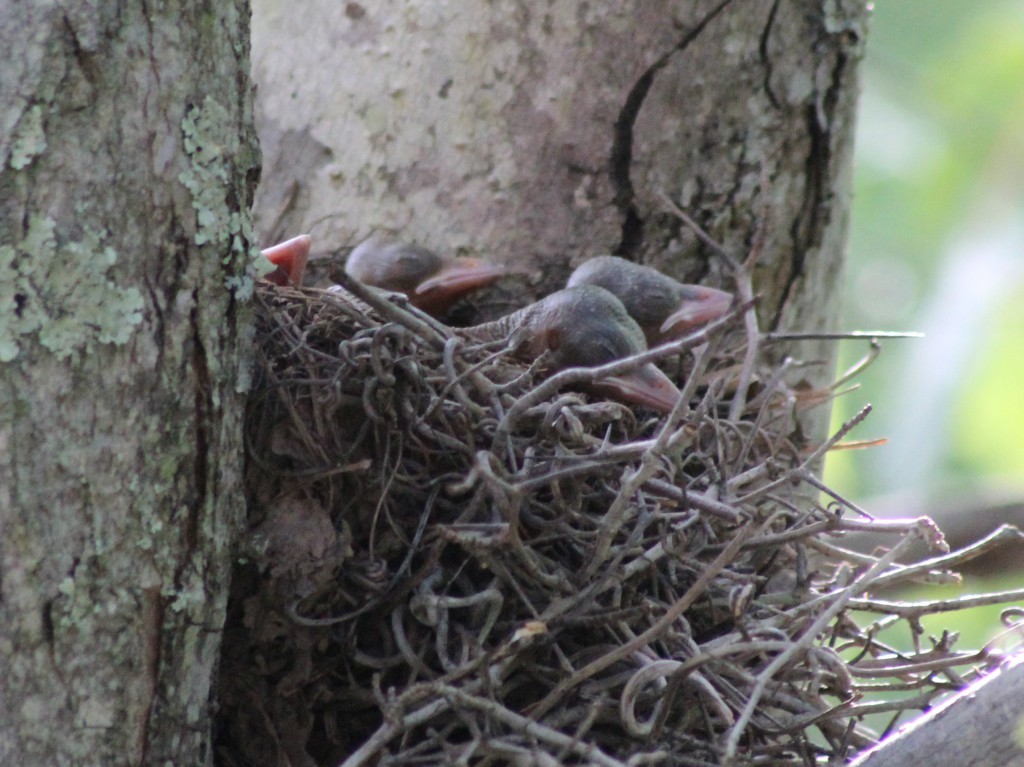



Nestwatch The Blue Jay Family Nestwatch




Blue Jay Wikipedia
They are quite talented at imitating other birds like the redshouldered and redtail hawks, and other odd noises, even machinery They are bullies at feeders Blue jays regularly strike dogs and cats and sometimes take a swipe at the top of someone's head as they walk by Bluejays build nests of twigs, leaves, roots and odd rubbish usually in pine trees up to twenty feet high deep in And yes, blue jays on occasion do plunder other birds' nests A memorable photograph I featured in Audubon captured a jay yanking nestlings from a Baltimore oriole's hanging nursery But an oftcited study in the early 1900s found traces of eggs and young in only six of 530 blue jay stomachs, even though, as the researcher noted, "special search was made for everyBlue Jays are migratory birds with unexplained migratory patterns There are certain zones in Canada and the USA where the Blue Jays are seen permanently, throughout the year They live and nest across eastern North America and if we go towards west, they can be found as far as the Rocky Mountains Similarly going north they can be found in central Canada Blue Jays have
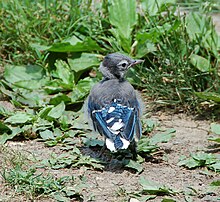



Blue Jay Wikipedia




Pin By Sabrina Brinkerhoff On Birds Blue Jay Eggs Bird Eggs Pet Birds
A blue jays nest is constructed from twigs, roots, leaves, moss and grass It's sometime reinforced with mud While the female bird does most of the nest building, the male will help to gather the nesting materials and may also assist with the building The completed nest resembles an open cup and measures around 78 inches in diameter While nest building, blue jays are quite territorialA famous painting by the 19thcentury naturalist and author John James Audubon shows a group of three lively Blue Jays feasting on freshly laid eggs from some other bird's nest All corvids are bold and aggressive and often prey on the eggs and young of other kinds of birds While the eggs and young of other birds are, at times, an important food source, the bulk of the Blue Jay's diet Blue Jays are an indigenous species and that is part of their food source I know I wouldn't want to see it either, but since they are a native species they are just doing what they should be Blue Jays are actually small crows, so they are kind of rough I hate starlings, english sparrows and eurasian collared doves The first 2 deprive our native species of natural cavities to nest




Breeding Blue Jay Cyanocitta Cristata Birds Of The World
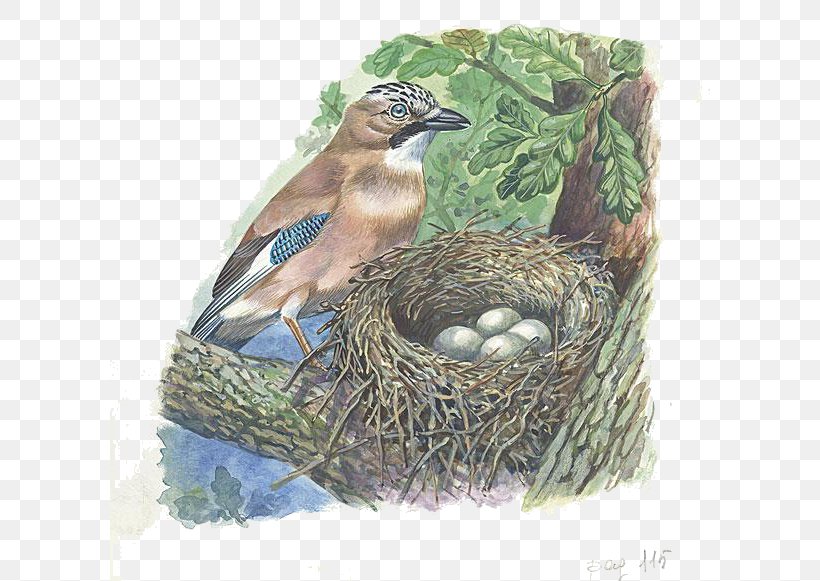



Eurasian Jay Bird Nest Illustration Png 600x581px Eurasian Jay Beak Bird Bird Nest Blue Jay Download
Besides, they are widely protective of the sites where they nest The birds are highly subjectable to being predated by eagles, hawks, and raptors when flying alone But when they are in groups, they will usually mob a lot of large birds to fight them away Blue jays are capable of imitating the calls of their predators These birds can use the imitation capabilities to tests Nests of all kinds can be vulnerable to attacks from predators, such as Blue Jays, crows, grackles, and many other species of birds, mammals, and reptiles If the nest is located in a natural position, such as in a tree, there is usually very little that can be done to protect the nest In some situations baffles can be placed around trees to prevent climbing predators from reaching the nestBlue jays usually nest at least 10 feet off the ground, so place your bird house at least that high in tree or on a pole Small piles of thin sticks and dugup tree roots provides blue jays with the nesting material they want Place these small piles near your new birdhouse to provide easy availability of building material, which will encourage blue jays to use the site You can also put some




Blue Jay Snatches Up A Baby Chipping Sparrow From Its Nest Youtube




Does That Baby Bird On The Ground Need Your Help The Washington Post
Blue Jays build their nests in the crotch or thick outer branches of a deciduous or coniferous tree, usually 1025 feet above the ground Male and female both gather materials and build the nest, but on average male does more gathering and female more building Twigs used in outer part of nest are usually taken from live trees, and birds often struggle to break them off Birds may fly great Since blue jays are wild birds, planting more trees, particularly large trees, around your yard can provide these birds multiple options to feed on, perch, and build nests They mainly prefer oak woodlands, although you can find them just about anywhere Image Source stockadobecom If you don't have the opportunity to live near the forest, we suggest growing Blue jays gather rootlets like these to line their nests (photo by Kate St John) Blue jays will travel 1,000 feet to gather nest material and even more for good rootlets, so I wasn't surprised when I lost track of them when they flew away Learn more about blue jay ( Cyanocitta cristata) nesting in this 11 minute video by Lesley The Bird Nerd
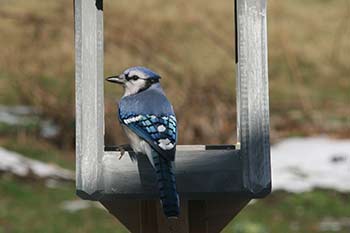



Making A Nesting Platform For Robins Blue Jays Or Mourning Doves



Blue Jay Fledglings On Day 1 Out Of Nest The Zen Birdfeeder
Calls, Blue Jays make a variety of musical sounds, and they can do a remarkable imitation of the scream of a Redshouldered Blue Jays are most likely to attack other birds around a food source This can be around bird feeders but they may also defend bird baths or their nest Interesting Fact As opportunistic omnivores, Blue Jays may eat other birds eggs or fledglings but this is not common behavior They prefer seeds, nuts and insects Blue jays are prey to hawks, eagles, and vultures and aggressively fight back in selfdefense They're noisy for protective purposes They're territorial and ferociously defend their homes They viciously raid nests and steal eggs to feed their young And they mob birds trying to eat from their feeders




Breeding Blue Jay Cyanocitta Cristata Birds Of The World
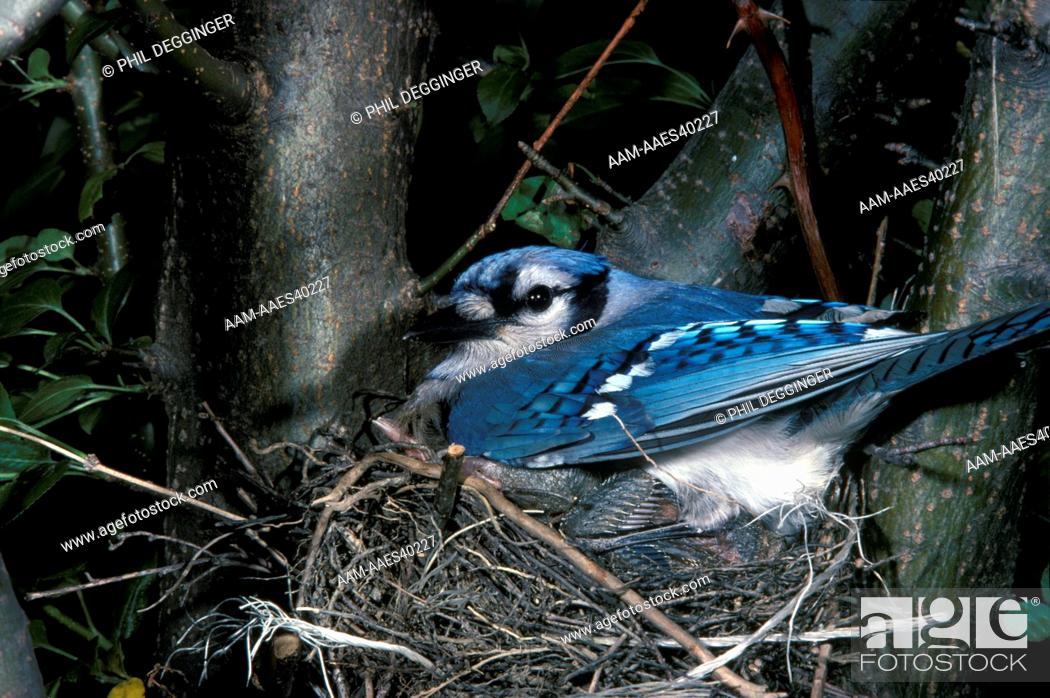



Blue Jay At Nest New Jersey Stock Photo Picture And Rights Managed Image Pic m es Agefotostock
Blue Jays can begin breeding when they are a year old Males compete with each other, making squeaky gate calls and other calls while bobbing up and down, as Female jays lay 45 glossy, speckled eggs in shades of pastel blue and green The nest needs to be sturdy as she incubates them for 16 days; Blue Jays tolerate other birds most of the time, but not always I wouldn't exactly call them friendly jaime lee on can blue jays be tamed?



What Are The Stages Of Life For A Baby Blue Jay Animals Mom Com




The Poem Farm To The Baby Blue Jay Skeleton
Blue Jays birds like to build their nests in the crotches or naturally occurring "Y" spots in older trees, particularly oak trees Once they've found that "Y" spot, they'll add twigs and other sturdy vegetation, packed in with mud, to form the spot for their eggs It should be noted that blue jays will feed on the eggs left in the nests of smaller birds Again, if you want aJays are very territorial birds, and they will chase others from a feeder for an easier meal Additionally, the blue jay may raid other birds' nests, stealing eggs, chicks, and nestsHowever, this may not be as common as is typically thought, as only 1% of food matter in one study was bird material Blue jays can also be extremely territorial over both their food and nesting areas, and are not afraid to attack other birds Bluejays have been spotted attacking other birds' nests and eating either their young nestlings or eggs




5 Weird Facts About Blue Jays Nature Canada
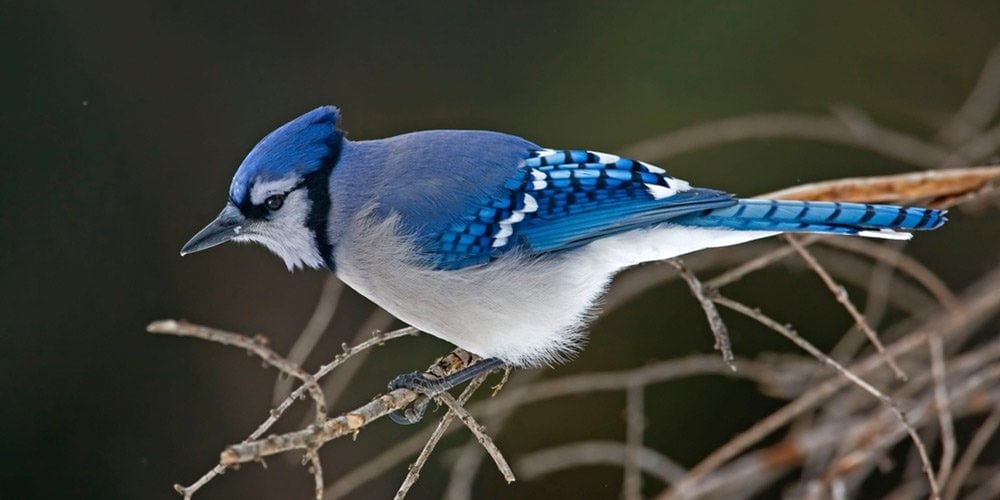



Blue Jays Birdwatching Facts Blue Jays Birds Birdinformer Com
This is a widely held belief, and it's not entirely clear why this is so commonly believed In fact, there's not really much evidence to suggest that blue jays are nestraiders In a study performed on blue jay diet that looked at their stomach contents, researchers found remains of eggs or nestlings in only 1% of adult blue jays, which hardlyI watched both parents Blue jays have a reputation for being aggressive but this just a manifestation of their territorial behavior Blue jays are not inherently mean but they are fierce protectors of their nests and food sources Blue jays are one of those bird species that we have unfair preconceptions about We heard vague stories about them attacking humans




Blue Jay 70birds Birdhouse Plans Index




Pin On Animals
Nesting Habits of the Blue Jay Blue Jays build their nests in tree branches or where there is a "V" in the tree The nest is made from grass, small twigs, leaves, and bark and is sometimes "glued" together with mud The female Blue Jay will lay between 36 eggs which she will incubate for up to 18 days Sometimes the male will assist with the incubation, though his main task is to bring foodMating Blue Jay couple building a nest are gathering material over two days Both parents participate in gathering material and building the nest They are vBlue jays are not just innocent birds feeding their young, when they attack nestlings and kill them and eat them They are predators, carnivores, and one might say, cannibals as they eat their own (birds) so no sympathy for the blue jay at all A dozen songbirds (yellow finches) helped protect a nest of house sparrows that had nested in our gutters, but the Blue Jay killed one and we fear
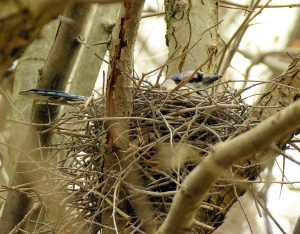



Where Do Our Backyard Birds Nest All Seasons Wild Bird Store
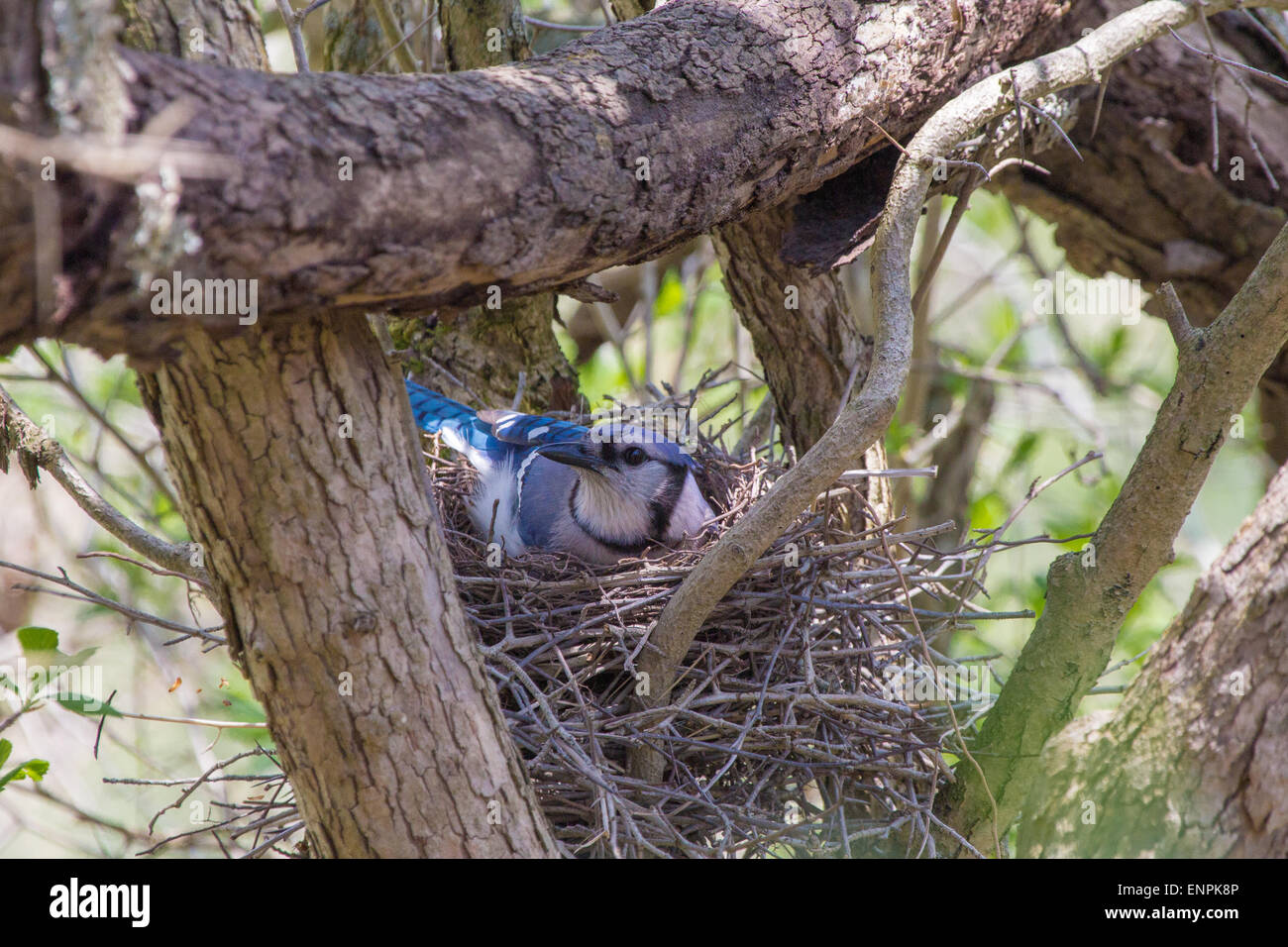



Blue Jay Nest High Resolution Stock Photography And Images Alamy
These passerine birds make use of sticks, barks, leaves, roots, twigs and grass in making their cupshaped nests atop trees or shrubs A pair of blue jays begins to build their nest after the courtship period when the female has chosen her future mate from a group of birds Once the female has accepted the male among several competing jays, they fly away from the groupBlue Jays build their nest in the outer branches of a deciduous or coniferous tree or the crotch, usually 1025 feet above the ground Male and female get together to gather materials for the nest, but on average, males do more of gathering whereas females do more building Only the females incubate, and her mate provides all the food during incubation The mating season of these birdsChicks don't begin to fledge until at least 22days later, even then returning to the nest for a few more days for food If a jays nest is disturbed by predators, the adult birds abandon it and never



Baby Blue Jay Knocked Out Of Nest Advice Please Aww




Blue Jay In Nest Bird Art Print Dolan Geiman
In comparison to other birds, Blue Jays fly quite slowly at to 25 miles per hour Ducks can fly at about 60 miles per hour, so in comparison, Blue Jays' flight is leisurely 10 Blue Jays are very intelligent In captivity, Blue Jays have been seen to use tools to get food, such as using scraps of newspaper or sticks to bring food closer to them from outside their cages, and they have 3 – Buy a Bird Feeder That Blue Jays Can't Enter It's very possible to buy a modern bird feeder that blue jays won't be able to enter The birds that get bullied by blue jays are typically going to be a lot smaller, and this means that they can fit in spaces that blue jays can't Look for bird feeders that are made for smaller birds so that you won't have to be concerned Understandably, this songbird generates antipathy for its nest marauding, birdfeeder bullying, and generally aggressive attitude Boisterous and colorful, blue jays are seen as unrepentant by their detractors But the blue jay's outlandish behavior does benefit other birds As Stan Tekiela noted in Birds of Maine Field Guide, blue jays are "known as the alarm of the forest,




Blane Klemek Outdoors Blue Jays While Obnoxious Play A Crucial Role In The Wild Bemidji Pioneer
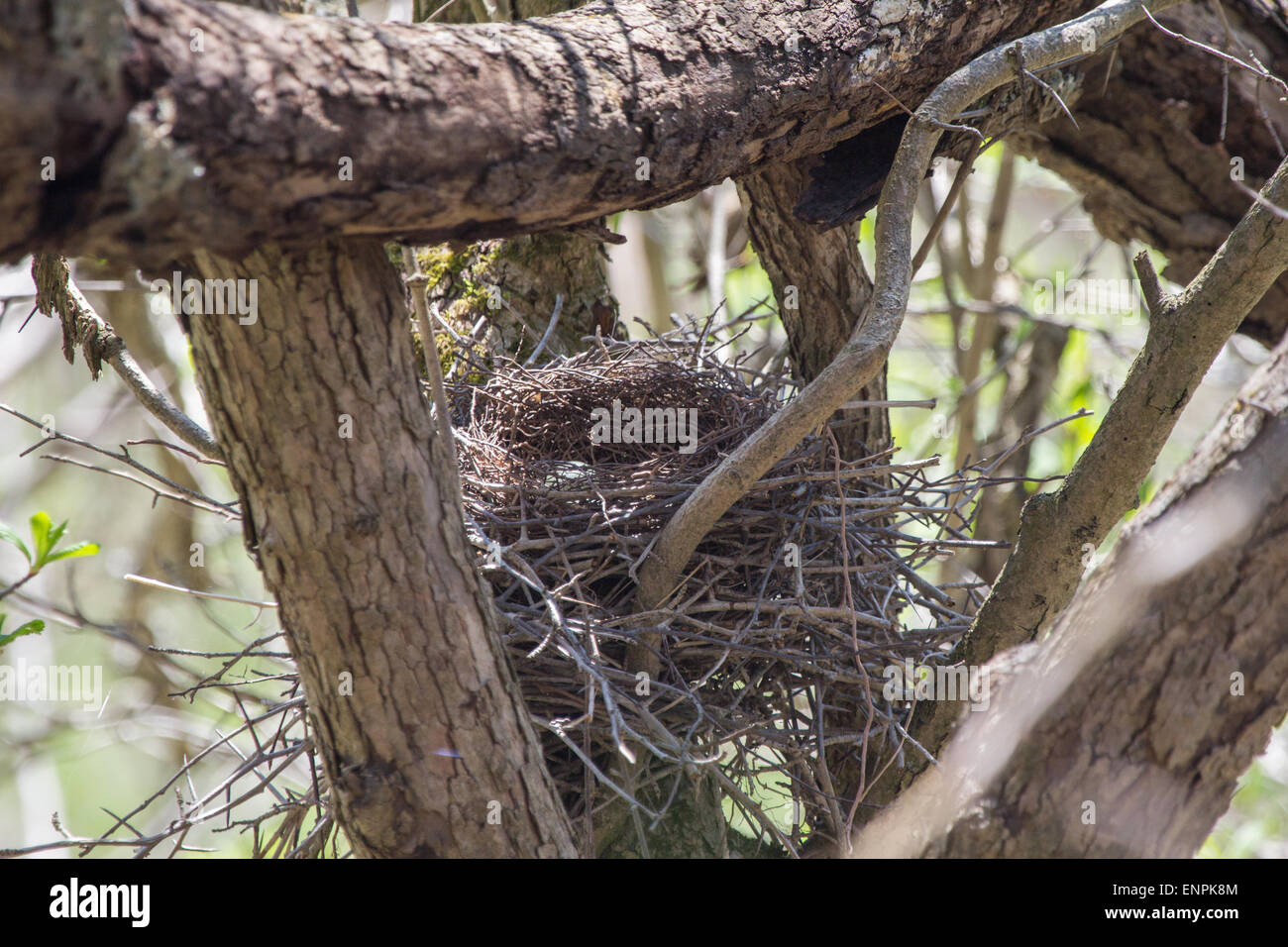



A Blue Jay S Nest With A Lone Egg In It Sits Unprotected From Predators Stock Photo Alamy
Look for Sometimes persecuted by humans as nest robbers or bullies at the feeding station, blue jays are one of our most ornate and lovely birds Its bright blue mantle contrasts with a white breast Its wings have intricate patterns of blue, black, and white The blue tail is crossed with black bars and has white outer corners The white cheeks are set off from the nape by aAlthough blue jays have the character trait of being particularly noisy birds, they are oddly quiet when inside their nests Blue jays build their bests at heights between 0 feet, depending on the surroundings These birds use sticks, twigs, leaves, grass, barks, and even roots to build their nests The blue jays are known to fly great distances, searching for rootlets from fresh graves
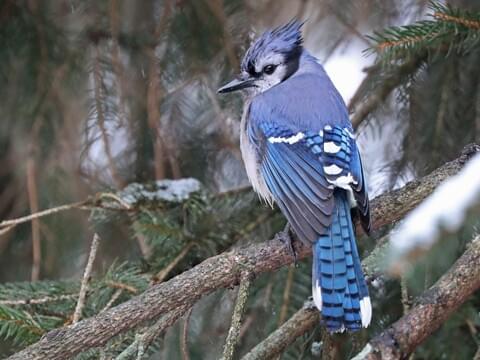



Blue Jay Identification All About Birds Cornell Lab Of Ornithology
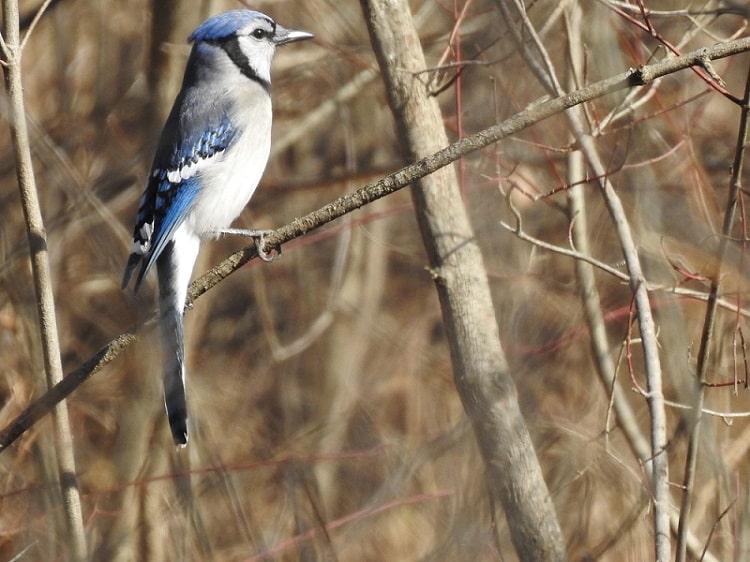



Blue Jay Bird What Do They Eat Where Do They Nest




Blue Jay A New Look At A Common Feeder Bird
:max_bytes(150000):strip_icc()/GettyImages-1047980498-8c21e699d4244eee87c09d8e2ef46c2a.jpg)



Blue Jay Bird Facts Cyanocitta Cristata



Blue Jays In My Backyard Cleveland Museum Of Natural History




Some Bird Nests Blue Jay Bird Bird Nest




Blue Jay Cyanocitta Cristata Adult And Young In Stick Nest Decorated With Blue Tarp Material Stock Photo Picture And Rights Managed Image Pic K29 Agefotostock




Blue Jay Backyard Enigma Bird Watcher S Digest
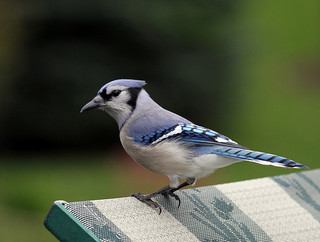



How To Attract Blue Jays A Guide To Blue Jay Birdhouses Birdhousesupply Com



Real
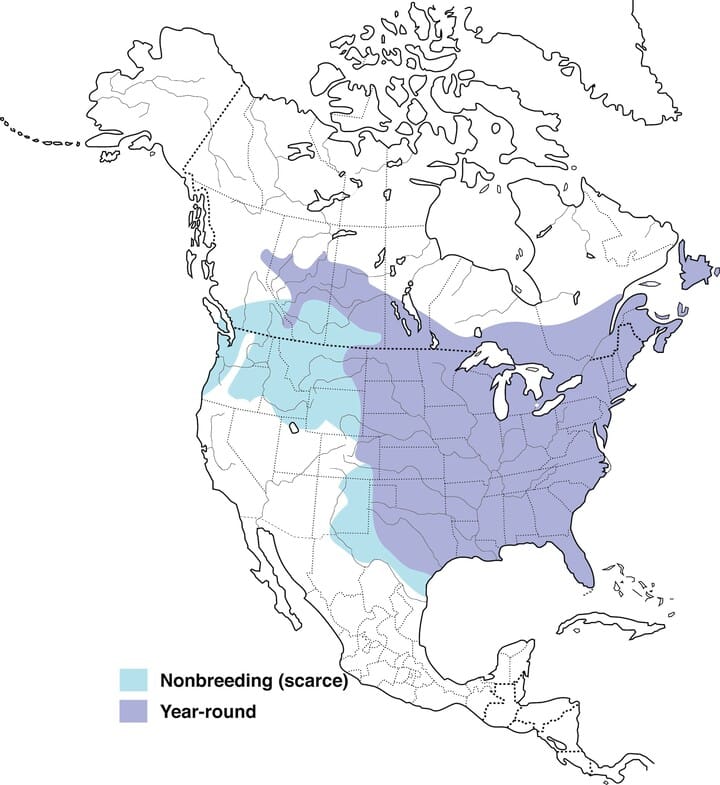



Blue Jay Overview All About Birds Cornell Lab Of Ornithology
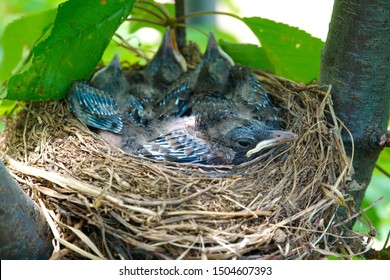



Blue Jay Nest Hd Stock Images Shutterstock



Monticello Park Birds Blue Jay
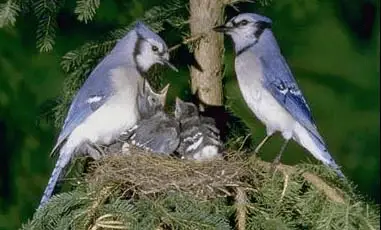



Difference Between Male And Female Blue Jays Difference Guru
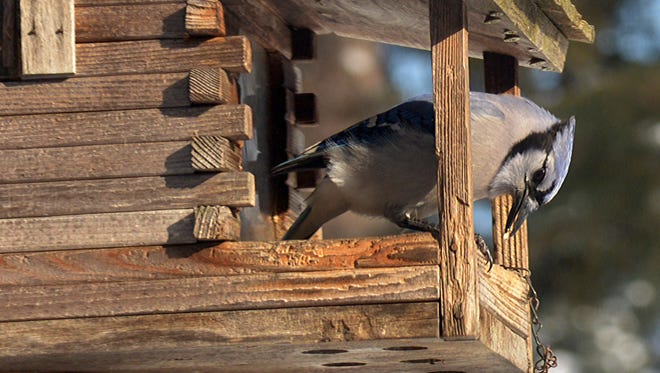



Blue Jays A Scourge Of The Skies
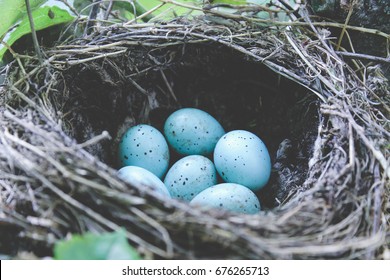



Blue Jays Nest Blue Eggs Stock Photo Edit Now




Blue Jay Attacks My Wife Youtube




Blue Jay Destroys A Wasp Nest Youtube



Diverse Family Bratt Mockingbird Is Raising Baby Blue Jay Northescambia Com




Bird Watcher S General Store




Blue Jay State Of Tennessee Wildlife Resources Agency
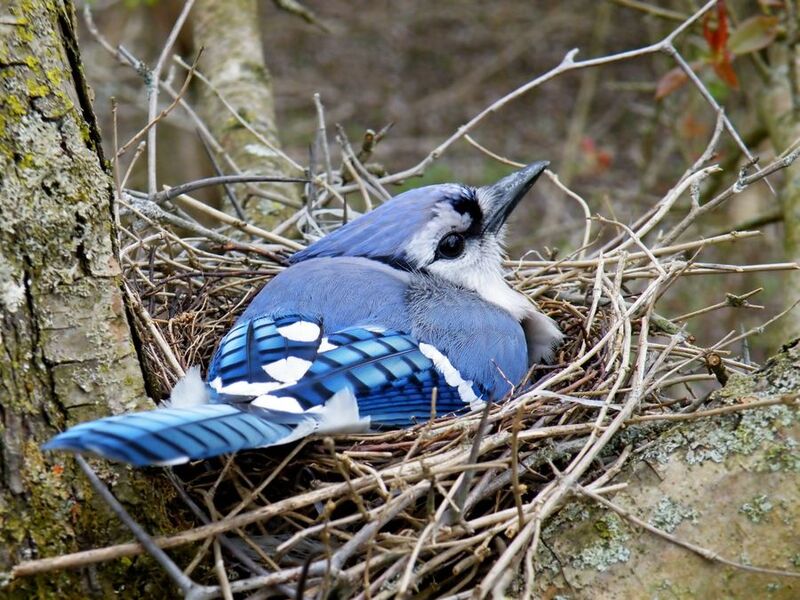



What Do Blue Jays Eat Daily Birder




80 Blue Jay Nest Stock Photos Pictures Royalty Free Images Istock




Aceo Limited Edition Blue Jay Nest Bird Art Print Gift For Her Ebay
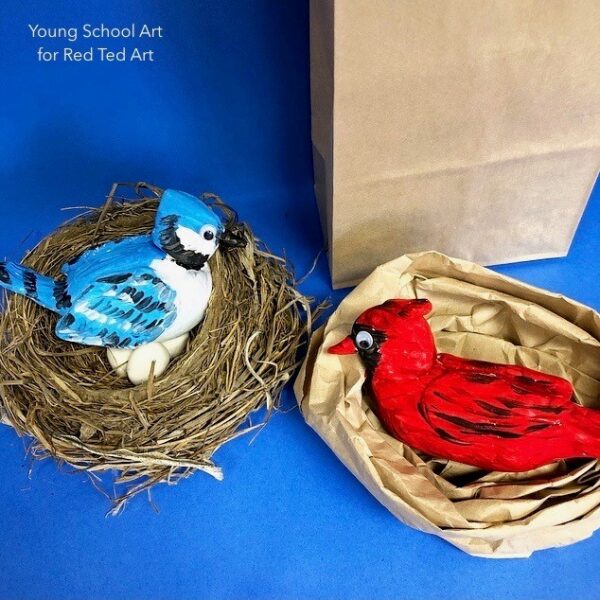



Air Drying Clay Birds For Kids Red Ted Art Make Crafting With Kids Easy Fun




Blue Jay Feeding Chicks Stock Image C033 8521 Science Photo Library




Dawn Chorus Blue Jay Babies




The Scrub Jay In Defense Of The Blue Squawker Nature In Novato




Amazon Com Yosoo Handwoven Bird Nest Handmade Straw Nest For Parakeets Cockatiels And Small Pet Pet Supplies



Diverse Family Bratt Mockingbird Is Raising Baby Blue Jay Northescambia Com




Eating At Home Doodlewash




Blue Jay Nest Facts Youtube
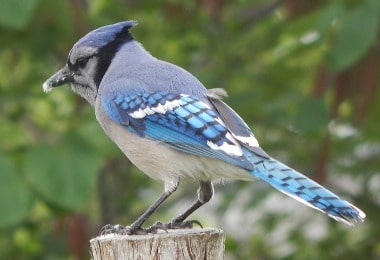



Blue Jay Bird What Do They Eat Where Do They Nest
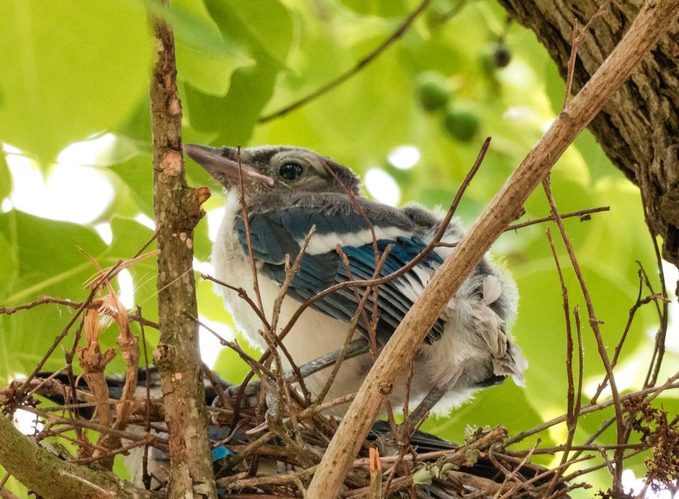



How To Identify And Attract Blue Jays Birds And Blooms
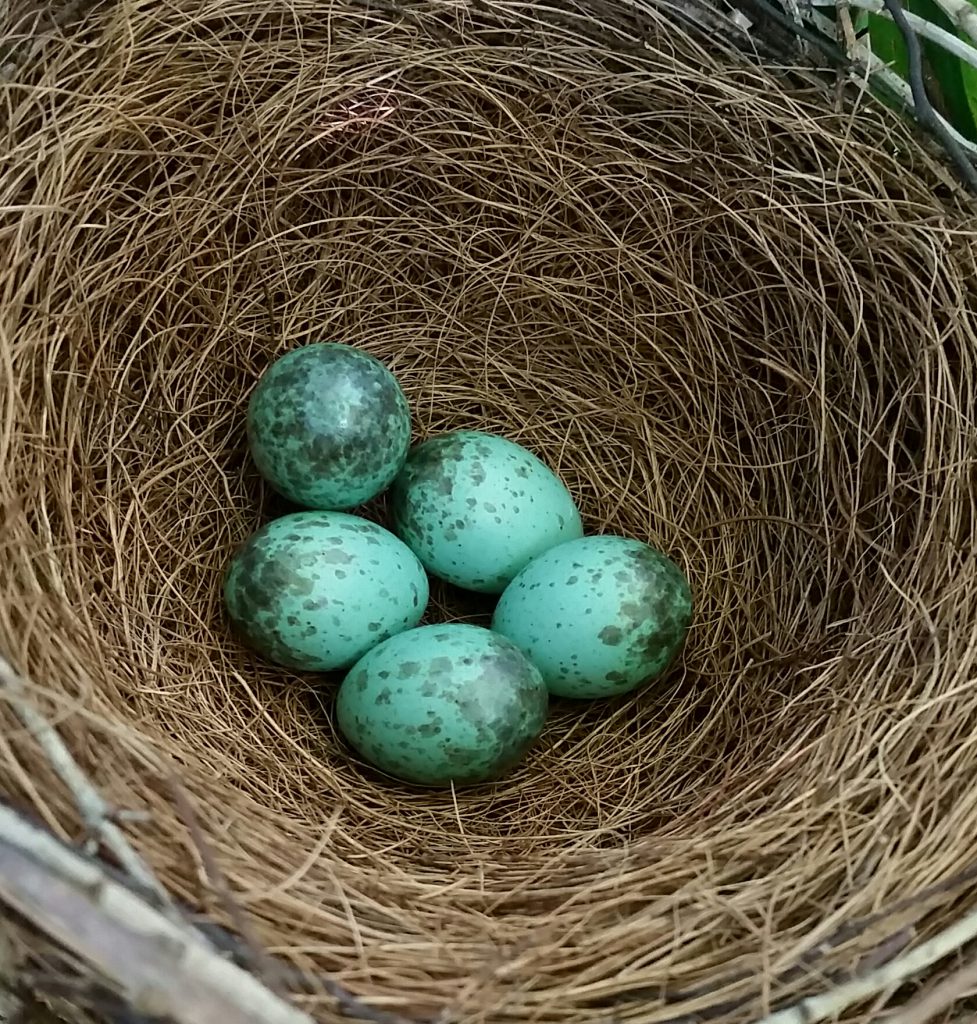



Nestwatch California Scrub Jay Nest Nestwatch




Dawn Chorus Blue Jay Babies




Blue Jay Audubon Field Guide




Bluejay Backyard Birds Wild About Birds




Art Lander S Outdoors Some Facts About The Blue Jay The Lovable Bully At The Backyard Bird Feeder Nkytribune




Nature Journal Blue Jays Raid Nests Of Other Birds Devouring Eggs




Blue Jay Wikipedia
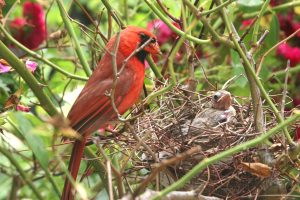



Where Do Our Backyard Birds Nest All Seasons Wild Bird Store




Blue Jay In The Nest Metal Dolan Geiman




Colorado Blue Jay Grabs Baby Finches




Bird Watcher S General Store
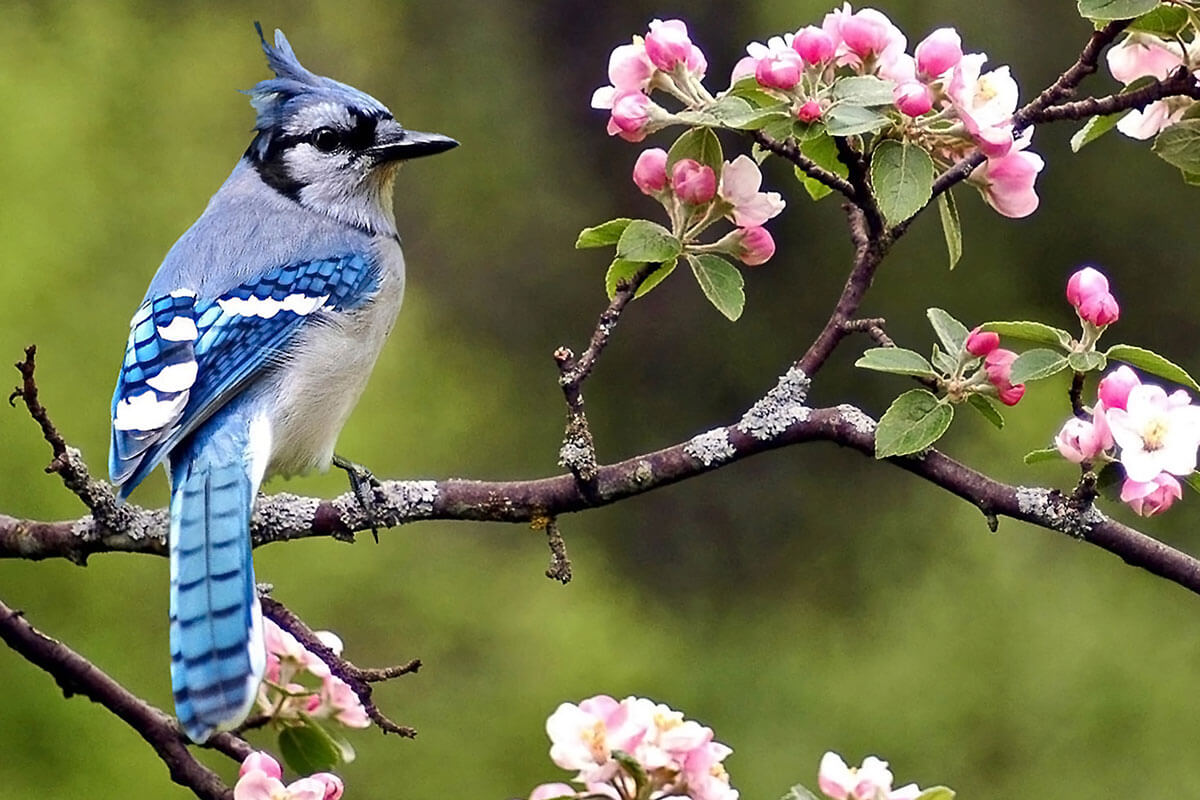



Blue Jays Venture Rv



3




Blue Jay Eggs Blue Jay Eggs Blue Art Bird Photo
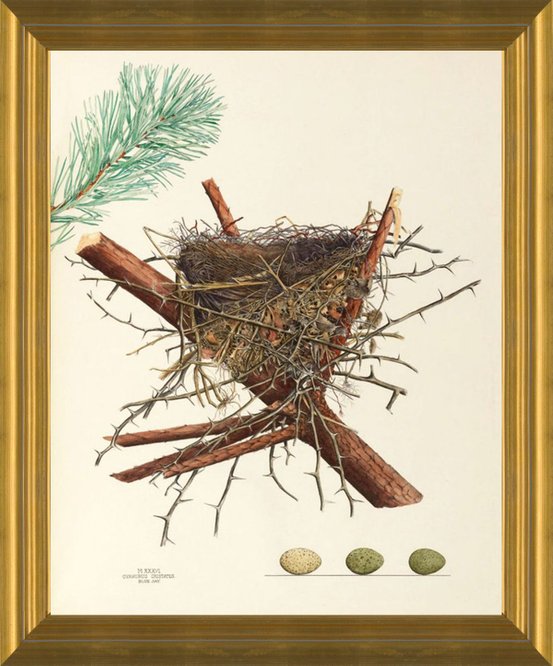



Art Prints Of Blue Jay Nest Plate Xxxvi American Bird Nests




Bird Feature Blue Jays Natureswaybirds Com
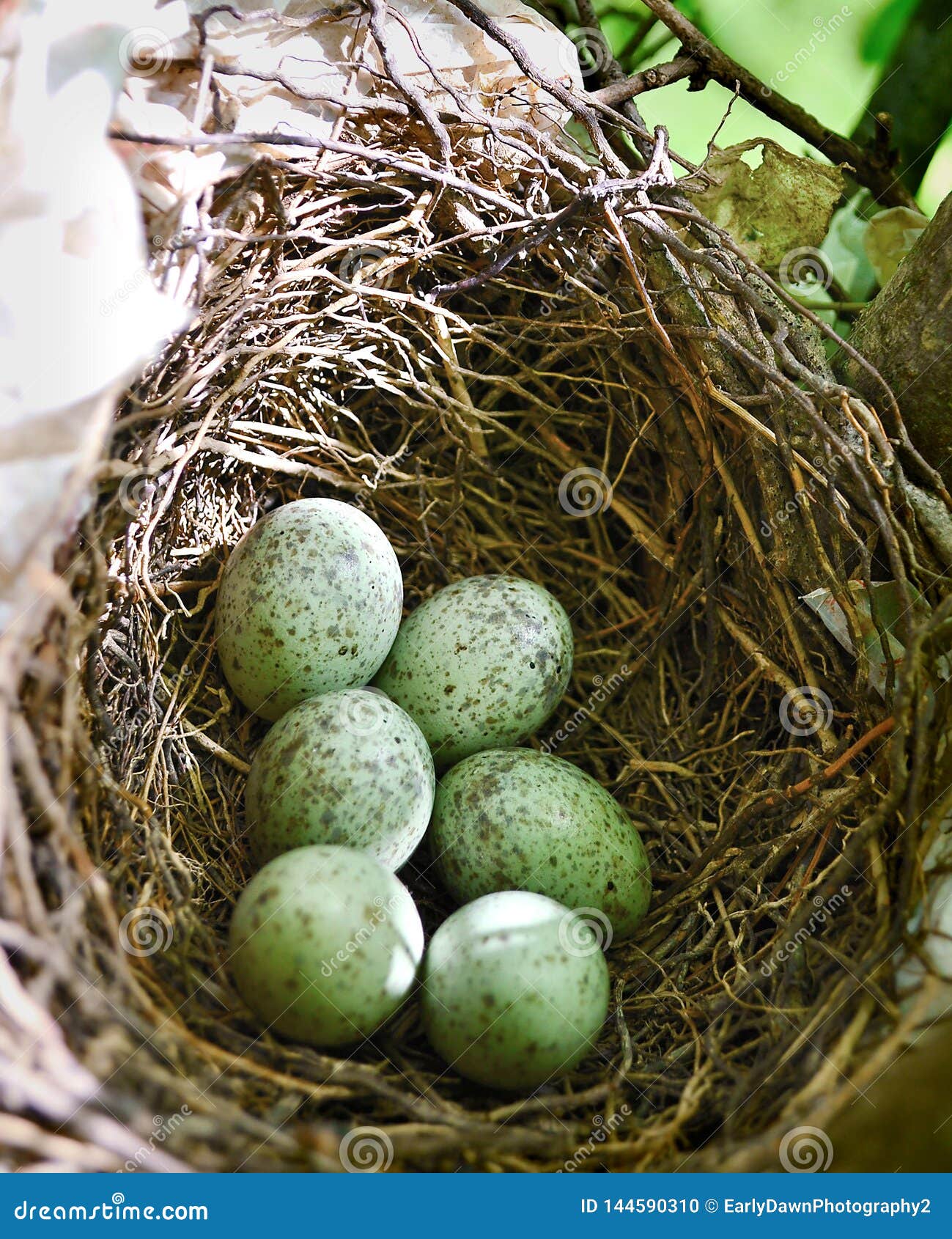



184 Blue Jay Nest Photos Free Royalty Free Stock Photos From Dreamstime
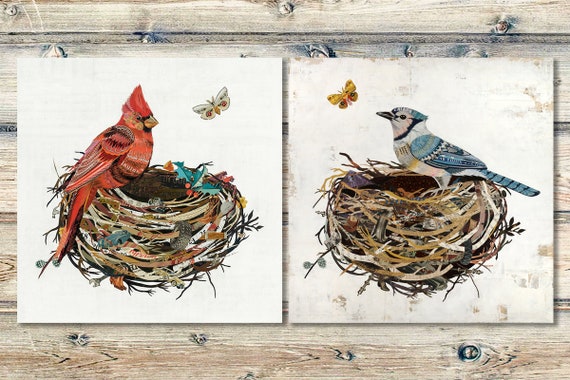



Blue Jay Bird In Nest Art Print Etsy
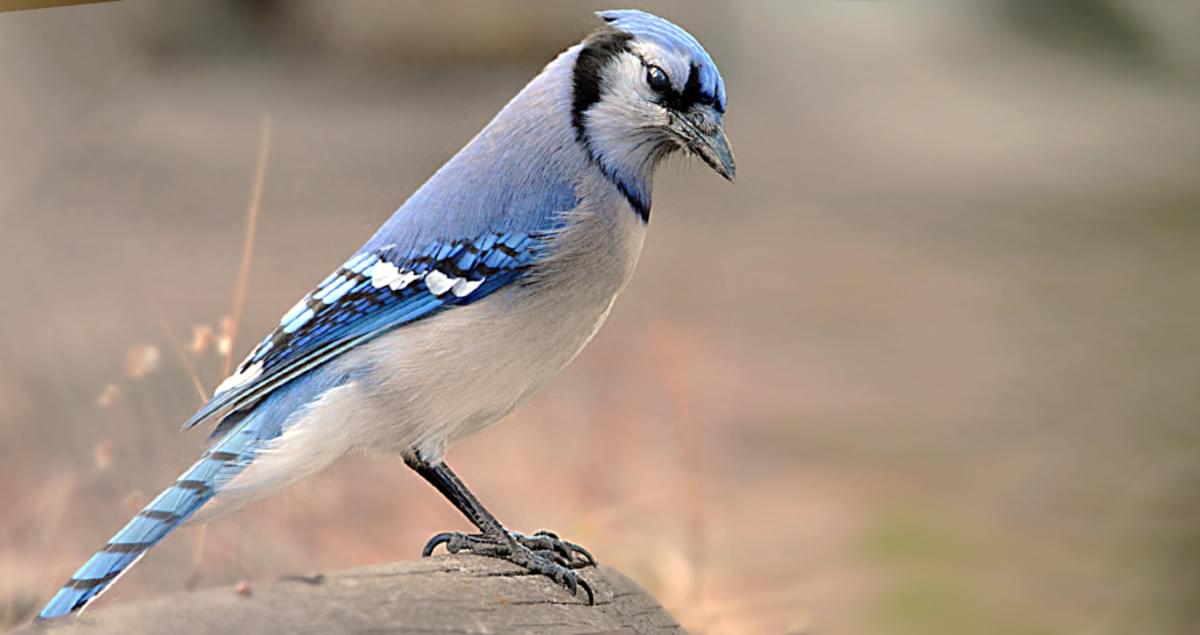



Blue Jay Life History All About Birds Cornell Lab Of Ornithology



Diverse Family Bratt Mockingbird Is Raising Baby Blue Jay Northescambia Com
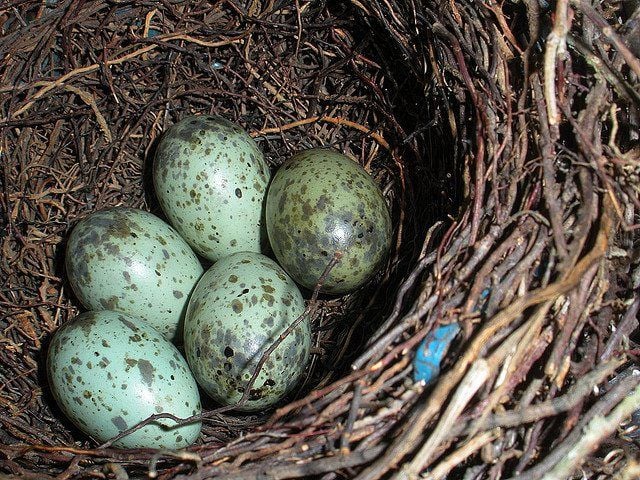



Nature Watch Never Take Eggs From A Bird S Nest Opinion Buffalonews Com




What Do Baby Blue Jays Eat Bird Feeder Hub




Blue Jay Life History All About Birds Cornell Lab Of Ornithology
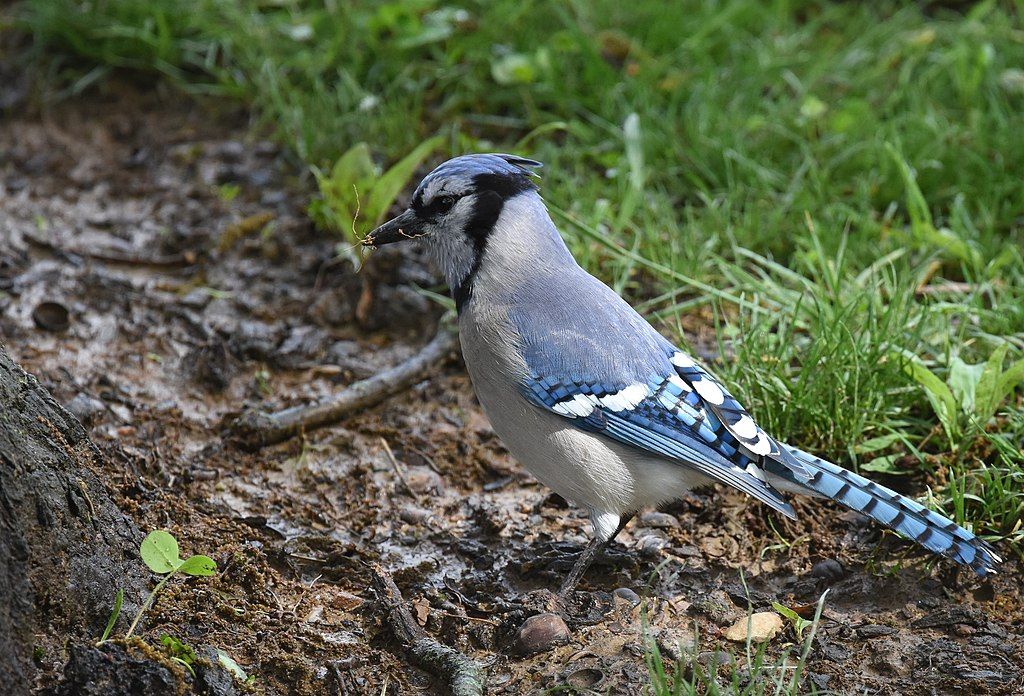



Blue Jays Building Nests Outside My Window




How To Keep Blue Jays Away From A Bird S Nest Explained




Blue Jay Barrens Bird Nests In The Field
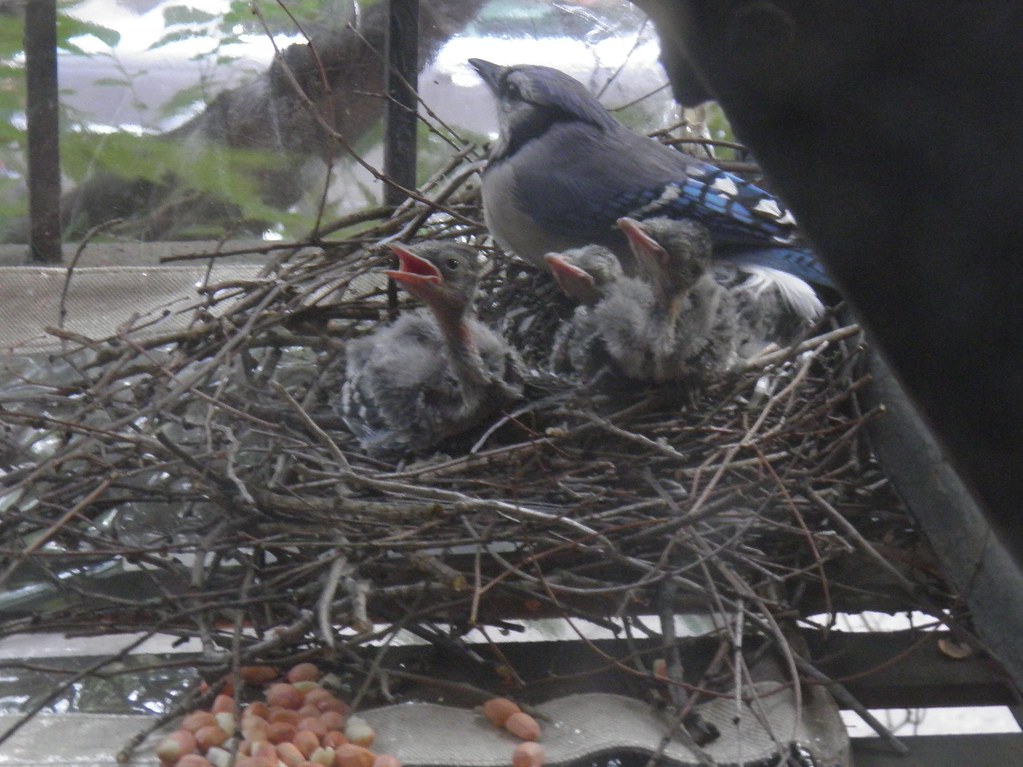



Blue Jays Nesting Outside My Window
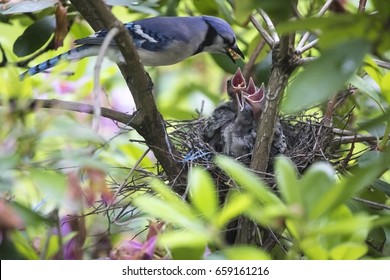



Blue Jay Nest Hd Stock Images Shutterstock
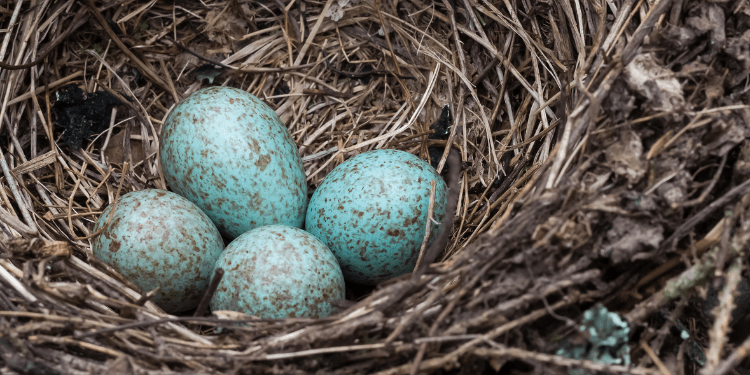



Blue Jay Eggs Everything You Need To Know Birdwatching Buzz



Blue Jay Nest In Our Birdhouse Birdpics
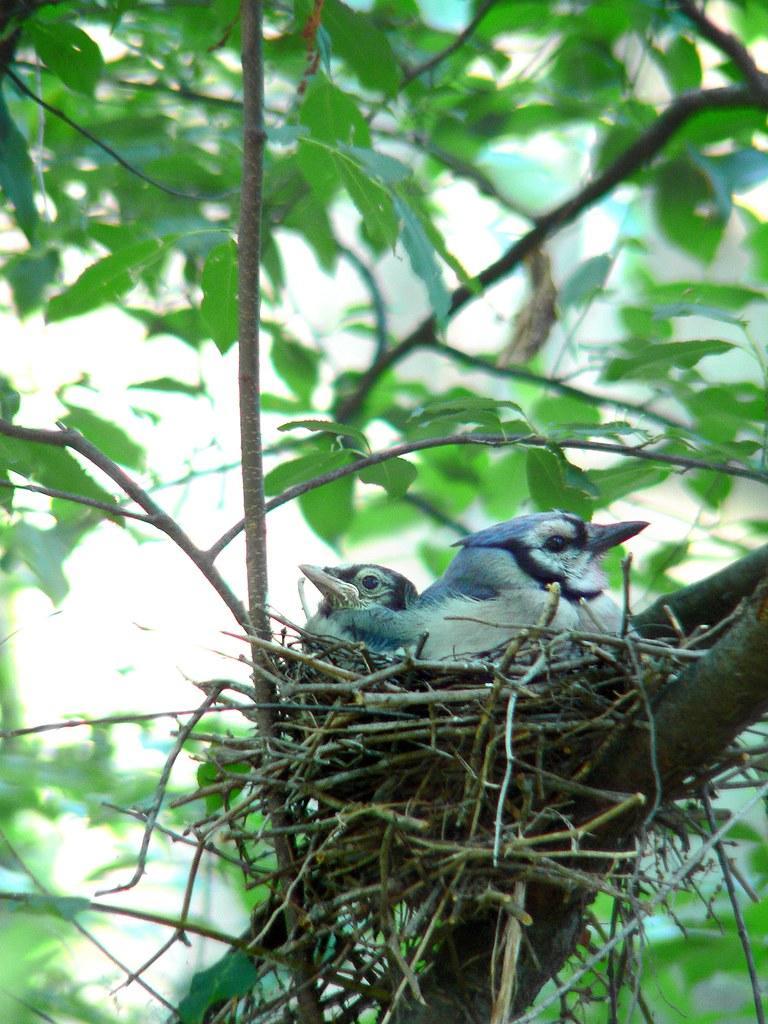



How Do I Move A Shrub With A Nest Osu Extension Service



Julie Zickefoose On Blogspot Good New Is The Bluebirds Hatched




Blue Jay Couple Building Nest Youtube
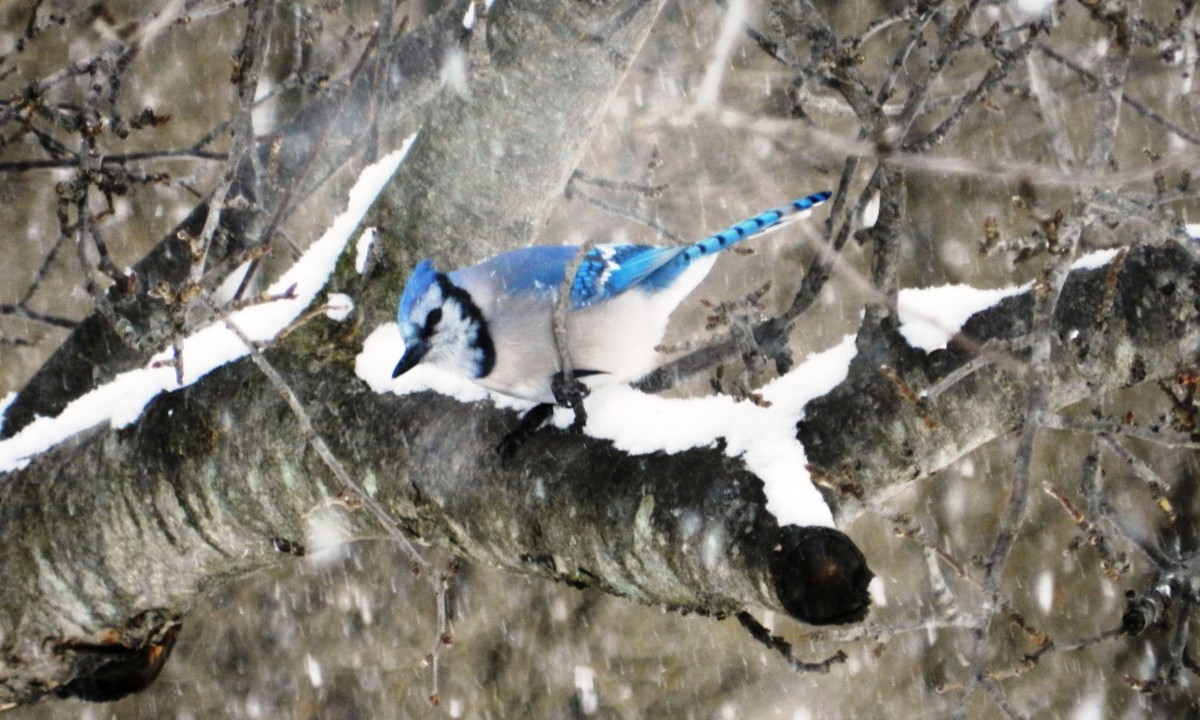



Blue Jay Facts Pictures And Behavior Owlcation
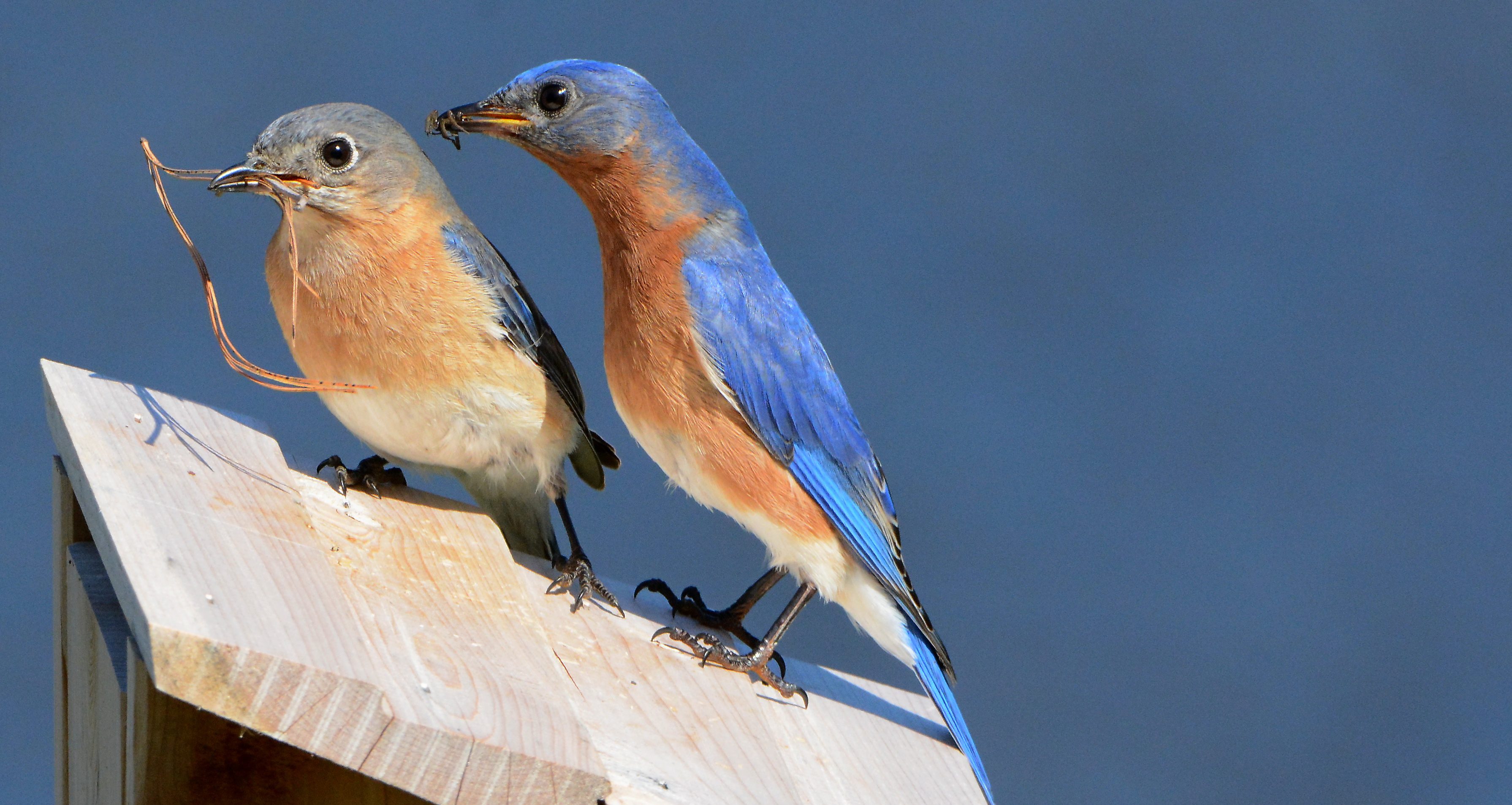



Nestwatch To Clean Or Not To Clean Your Nest Box Nestwatch



Blue




12 Tips On How To Attract Blue Jays To Your Yard 21 World Birds




Blue Jay Barrens Nests And Eggs




Blue And White Bird On Brown Nest Photo Free Jay Image On Unsplash
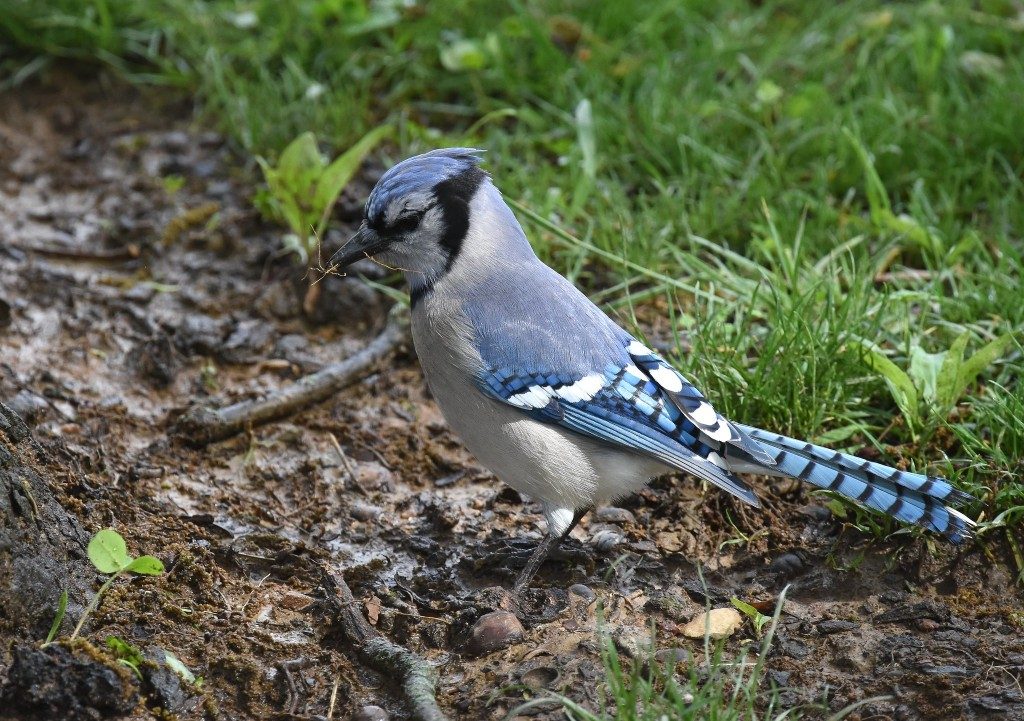



Blue Jays Nesting Outside My Window



Blue Jay Fledglings On Day 1 Out Of Nest The Zen Birdfeeder
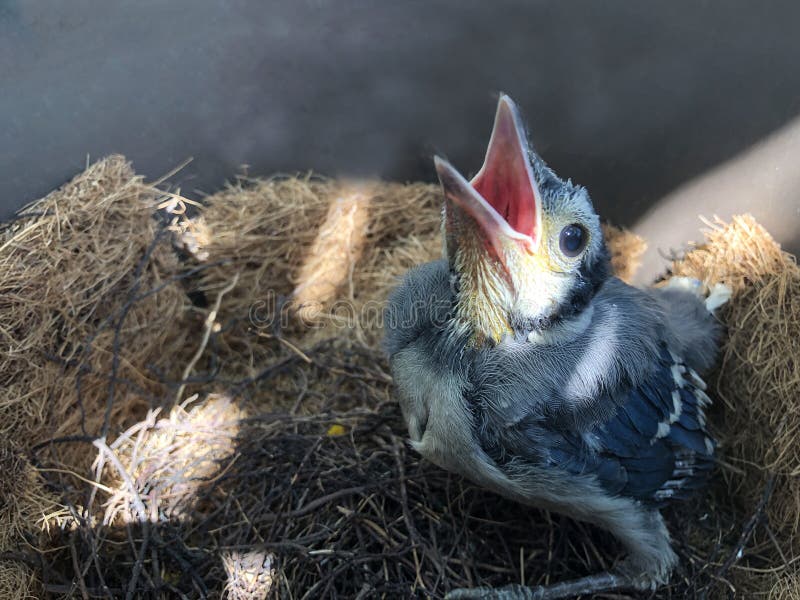



184 Blue Jay Nest Photos Free Royalty Free Stock Photos From Dreamstime




How Not To Disturb A Nesting Mother Scrub Jay




What To Know About Birds Nesting In Your Yard



0 件のコメント:
コメントを投稿